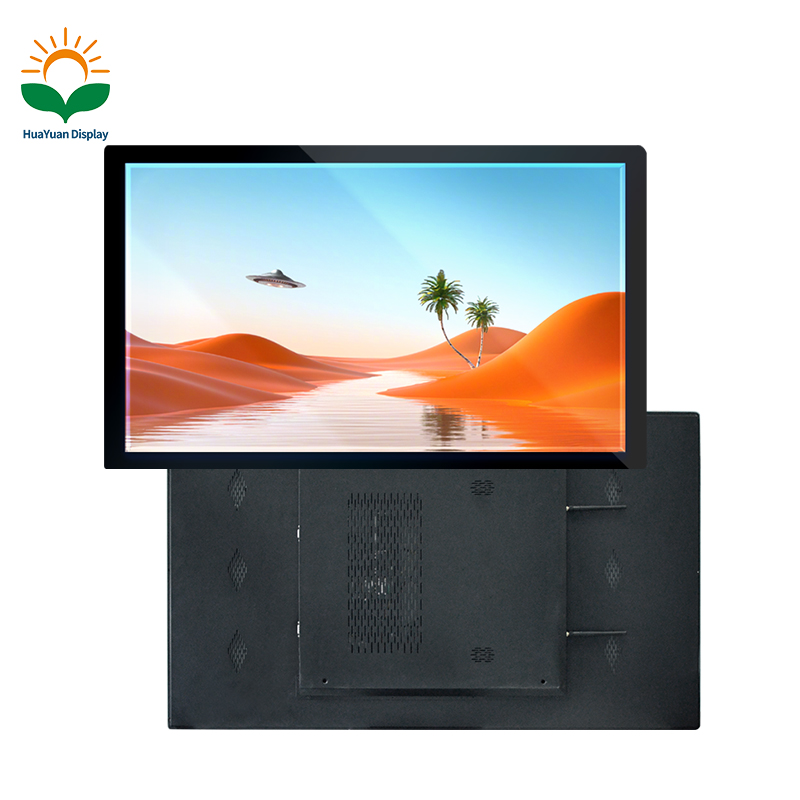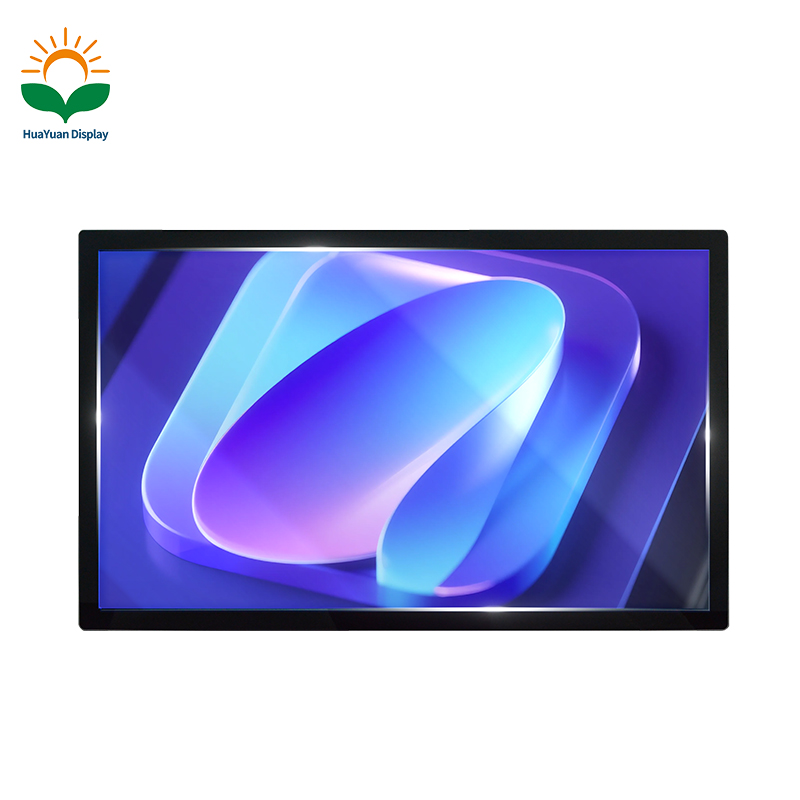The "Smart Eye" of the Platform Passenger Information System
In urban rail transit systems, the platform is the core area where passengers meet the trains. Efficient, clear and timely information transmission is of utmost importance at this moment. The platform passenger information system, as a key facility for guiding passengers and ensuring safety, its core performance lies in the liquid crystal module. This article will deeply explore the size selection, application scope and indispensable core role of the liquid crystal module in this field.
I. Core Dimension: Precise Selection Based on Space and Functionality
The selection of the size for the PIS LCD module on the platform is not arbitrary. It is scientifically planned based on three factors: viewing distance, information capacity, and installation environment. It can mainly be divided into the following three categories:

1. Bar screen / Narrow screen (usually ranging from 40 inches to 55 inches, but with a special aspect ratio such as 1:4 or 1:8)
· Application scenarios: This is the most common type on platforms, usually installed vertically on platform pillars or horizontally suspended below the platform ceiling.
· Function positioning: Due to its narrow and elongated shape, it is highly suitable for displaying highly structured and repetitive information, such as:
· Train arrival information: Train number, terminal station, arrival time, waiting time.
· Carriage information: Train formation, carriage position, carriage congestion indication (such as through color marking).
· Safety alerts: Cyclic alerts such as "Please stay within the safety line".
2. Standard square screen (usually ranging from 32 inches to 55 inches, using a 16:9 or 4:3 ratio)

· Application scenarios: Usually installed in wall-mounted or embedded form on fixed information kiosks, main entrances or rest area walls of the platform.
· Function positioning: It can display more rich and complex information content, including:
· Comprehensive information display: Complete route maps, real-time operation status (such as delays, temporary adjustments), transfer information.
· Multimedia content: News summaries, weather information, government announcements and commercial advertisements.
· Emergency broadcast: In emergency situations, issue detailed evacuation instructions and live video.
3. Large-scale tiled screen (formed by multiple 46-inch to 55-inch LCD units, creating a display wall of several square meters)
· Application scenarios: Mainly installed at the platform hall or at the end of spacious large platforms, very eye-catching.
· Function positioning: As the "information hub" of the entire platform, used to display global, visually impactful information:
· Full line network status: Real-time display of the operation status of the entire subway line.
· Large-scale emergency notifications: In major events, ensure that all passengers in the area can receive information.
· Brand image and advertising: Create a modern station image and achieve efficient commercial advertising placement.
II. Scope of Application: Comprehensive information services covering all aspects
The application of liquid crystal modules in the platform PIS covers the entire process from passengers' waiting at the platform to boarding the train:
1. Core traffic information release
· Real-time notifications
· Train status monitoring
2. Display of operation and service information
· Planned announcements: Release information on the last train, planned operational adjustments, ticket prices, etc.
· Surrounding service guidance: Provide exit information of the station, surrounding maps, bus connection information, etc.
3. Safety and emergency command
· Safety publicity: Loop playback of safety riding promotional videos, such as no smoking, beware of entanglement, etc.
· Emergency broadcast: In case of fire, equipment failure, etc. emergencies, immediately switch to emergency evacuation mode and issue text and graphic guidance, which are key facilities for ensuring public safety.
III. Relevant Functions: Creating an efficient, secure and user-friendly platform environment
The role of the liquid crystal module in the platform PIS is far more than just a simple "display screen". Its core function is manifested as follows:
1. Enhance operational efficiency and optimize passenger flow organization
Through precise arrival time predictions and carriage position indications, the LCD screens can effectively guide passengers to the less crowded carriage entrances for waiting, achieving an earlier and more balanced distribution of passenger flow, significantly reducing the train stopover time and improving the overall operational efficiency of the line.
2. Ensure passenger personal and public safety
As the most direct emergency information dissemination terminal, in critical moments, it can quickly and uniformly convey authoritative instructions to a large number of passengers, avoiding panic and chaos caused by poor information transmission, and is an indispensable part of the platform safety system.
3. Significantly improve passenger experience
Clear, accurate and timely information can effectively alleviate passengers' anxiety in unfamiliar environments and during waiting. Passengers can plan their trips with confidence, making the waiting process more calm and controllable, and improving the overall service level of public transportation.
4. Adapt to harsh platform environments
The platform environment has strict requirements for LCD modules, so they usually have the following characteristics:
· High brightness and anti-glare: Ensure clear visibility even in bright platform lighting or outdoor light.
· Wide temperature range operation: Adapt to the temperature changes in subway platforms in winter and summer, ensuring stable operation.
· High reliability and long lifespan: Support 7x24-hour uninterrupted operation, reducing maintenance frequency and costs.
· Dust-proof, moisture-proof, and shock-proof: Respond to vibrations and dust caused by train entry and exit.
Conclusion
In the construction wave of intelligent rail transit, the LCD modules of the platform passenger information system have evolved from a simple "information notice board" to a comprehensive information node integrating operation scheduling, safety emergency response, passenger flow organization, and experience enhancement. It is like the "smart eye" of the platform, not only observing the arrival and departure of trains, but also safeguarding the travel safety and efficiency of every passenger. It is one of the core elements in building a modern and humanized public transportation network.


